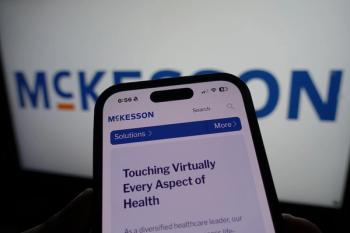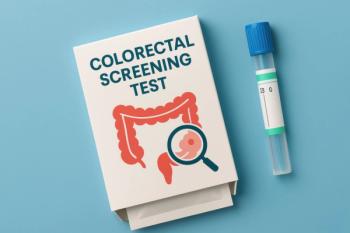
Advera Finds Fewer Overnight Events With Tresiba
Concern about overnight hypoglycemic events drives decision-making for patients with type 1 diabetes.
For persons with type 1 diabetes (T1D) fear of the overnight hypoglycemic event drives care decision-making. So today’s report from Advera Health Analytics, which compared results from clinical trials for Tresiba (insulin degludec) with Lantus (insulin glargine) will be of interest to these patients.
Advera found that while were no significant differences between Tresiba and Lantus in overall episodes of hypoglycemia, overnight episodes for type 1 patients were lower with Tresiba during a review of clinical trials. Lantus has been a mainstay for Sanofi and recently came off patent; its successor, Toujeo, was approved in February 2015 as a longer acting insulin. Tresiba, manufactured by Novo Nordisk, is a potential rival to Toujeo as successor to Lantus.
Tresiba received FDA approval on September 25, 2015. It is administered by injection once a day. Two doses are available, 100 units/mL or 200 units/mL.
Among type 2 diabetes (T2D) patients who use insulin, Tresiba produced roughly the same results in keeping glycated hemoglobin (A1C) under control compared with Lantus. But again, a meta-analysis of the trials found that patients were less likely to have an overnight hypoglycemic event on Tresiba than on Lantus. This was true whether the patient had used insulin before trying Tresiba or was using insulin for the first time.
In an observational trial of patients who had experienced multiple hypoglycemic events—and thus had been left out of other trials—Tresiba produced improved control and patient satisfaction, according to the
According to the Advera report, Tresiba lasts longer than earlier insulin preparations, “including a long half-life of 25 hours and a duration of action greater than 42 hours at steady state, providing a flat and stable blood glucose-lowering effect when injected once daily.”
According to the report, the most common side effects observed in the clinical trials of Tresiba were: nasopharyngitis (23.9 % in T1D/ 12.9 % in T2D), upper respiratory tract infection (11.9 % in T1D/8.4 % in T2D), headache (11.8 % in T1D 8.8 % in T2D), sinusitis and gastroenteritis (5.1 % in T1D), diarrhea (6.3% in T2D), peripheral edema (0.9% T1D/ 3.0% in T2D) and injection site reactions (3.8% in TD1 and T2D).
Adverse event rates in Tresiba were comparable to Lantus during the clinical trials. Consolidated data analysis of 21 Phase 2/3 trials Advera’s proprietary platform revealed showed a slightly higher rate of serious AEs in Tresiba in treated arms (9.08% vs. 7.74% in control arms; p=0.59). Of note, there was a slightly higher rate of cardiovascular events in the Tresiba group, 1.48 events/100 patient year exposure compared with 100 PYE for Lantus, which must be reported per the 2008 FDA CV risk guidance.
Newsletter
Stay ahead of policy, cost, and value—subscribe to AJMC for expert insights at the intersection of clinical care and health economics.













































